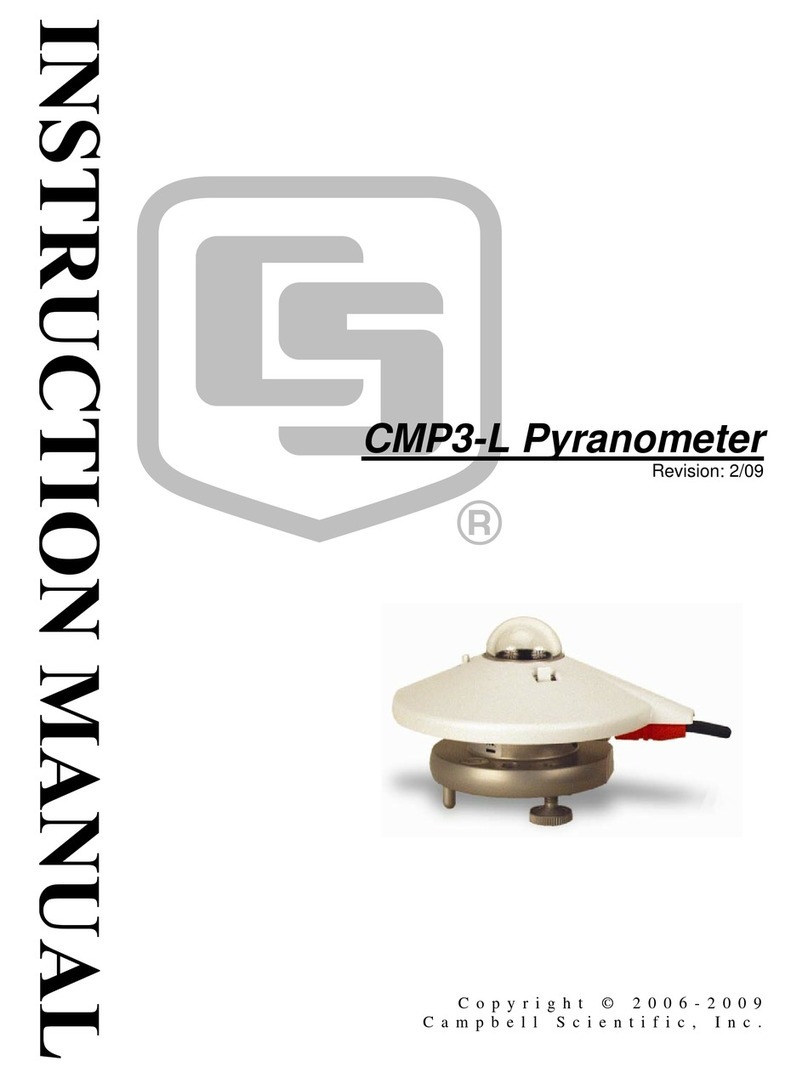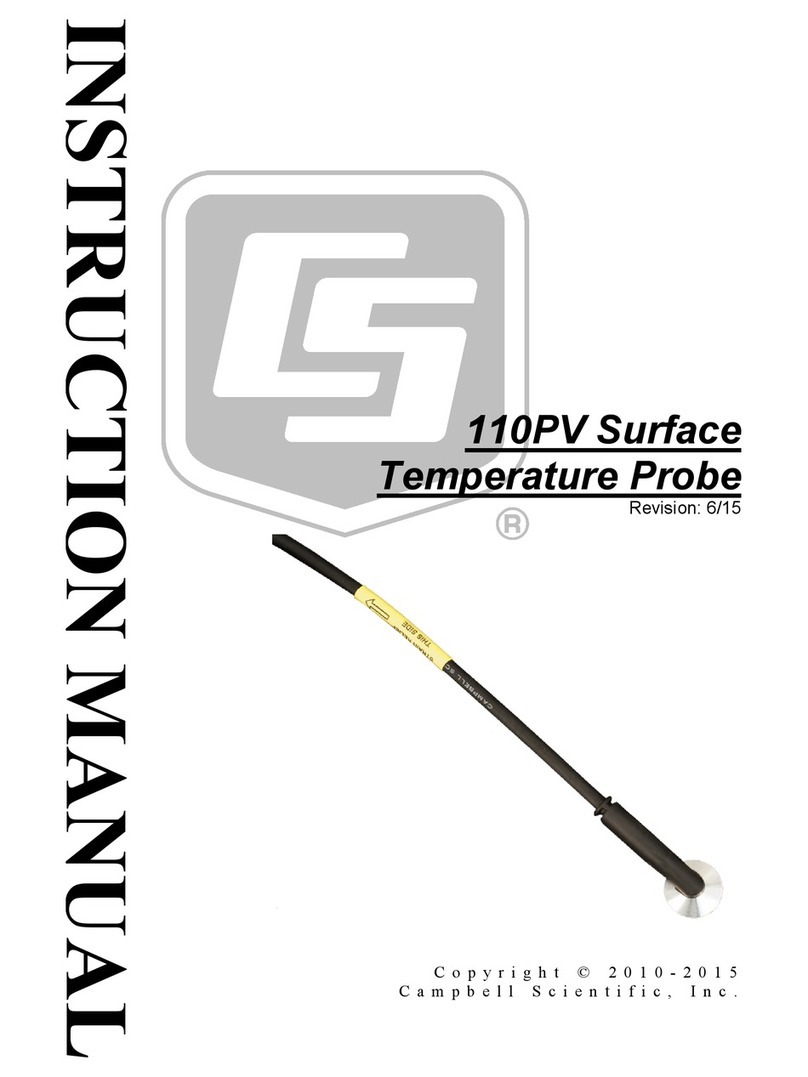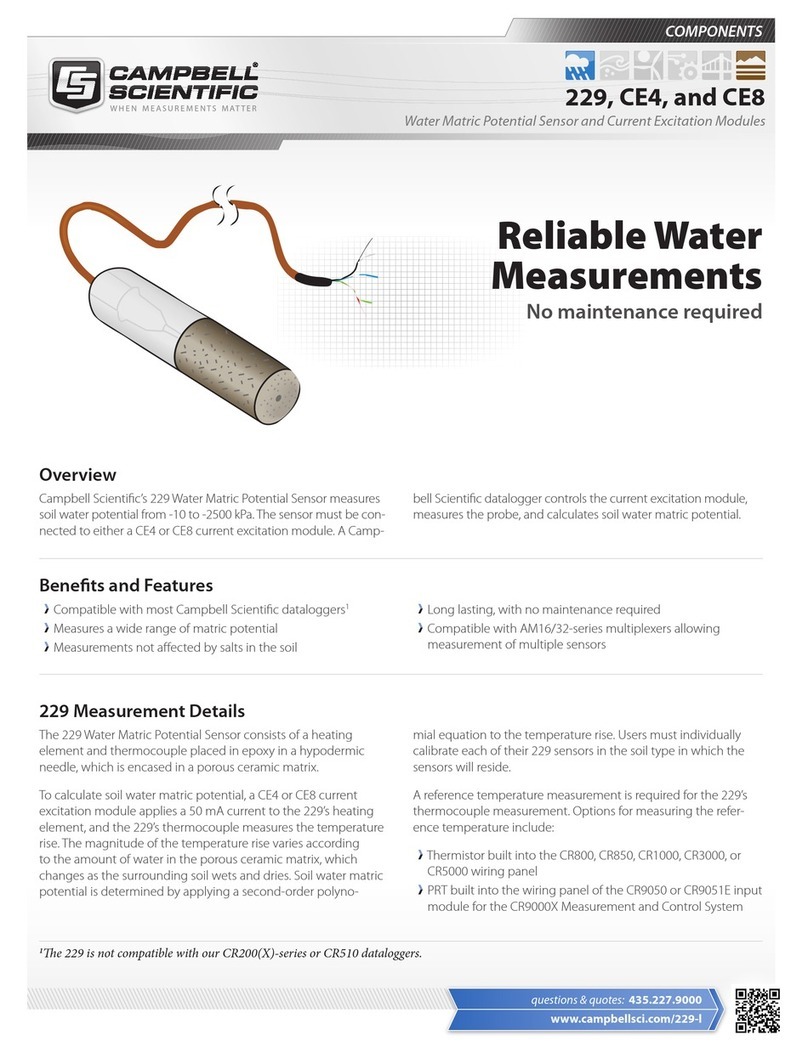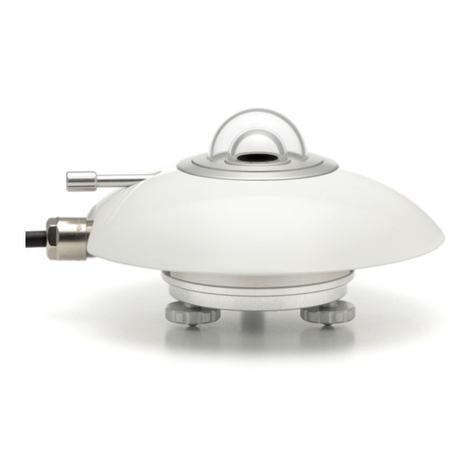Campbell CR10TCR User manual
Other Campbell Measuring Instrument manuals

Campbell
Campbell SoilVUE 10 User manual

Campbell
Campbell HMP45C User manual
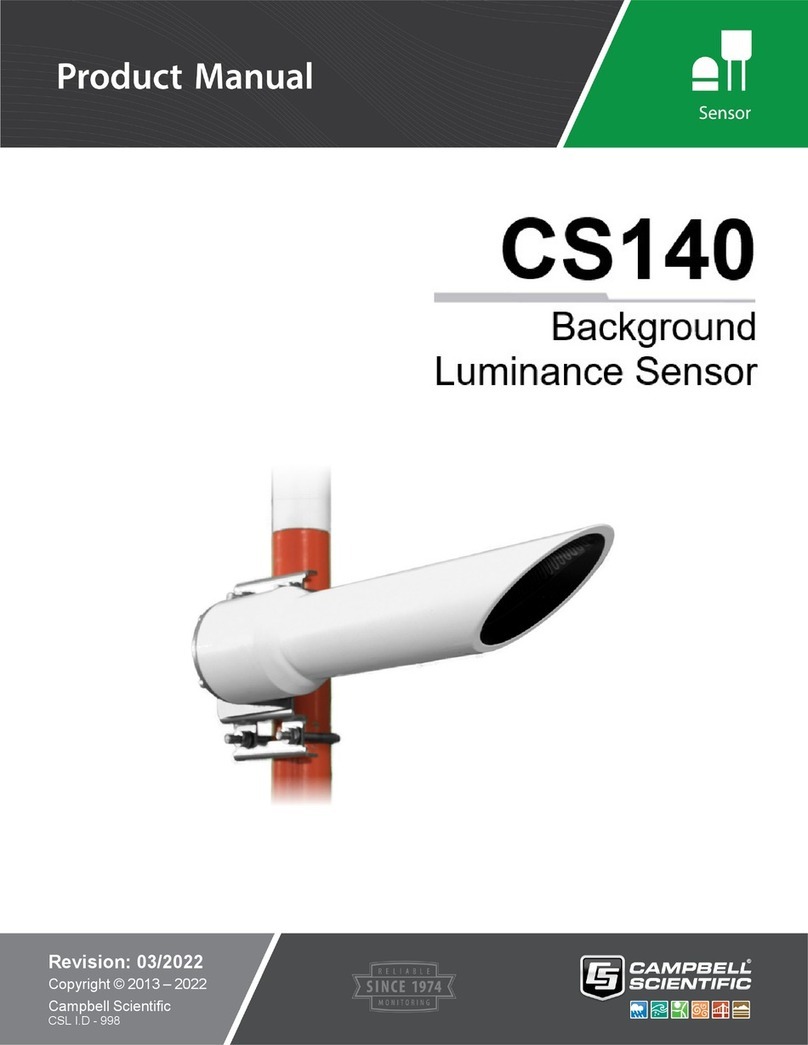
Campbell
Campbell CS140 User manual
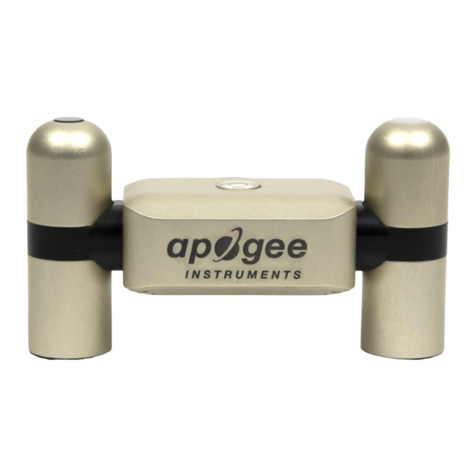
Campbell
Campbell SN500SS User manual
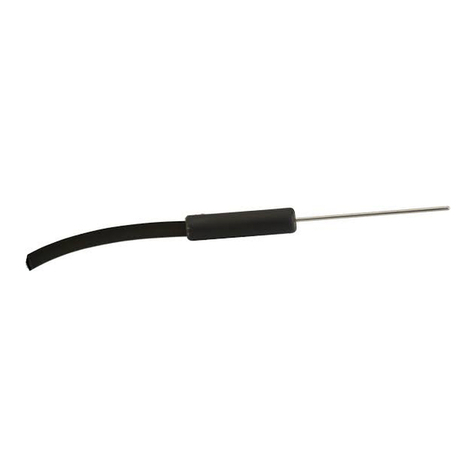
Campbell
Campbell TEMPERATURE PROBE 109SS User manual
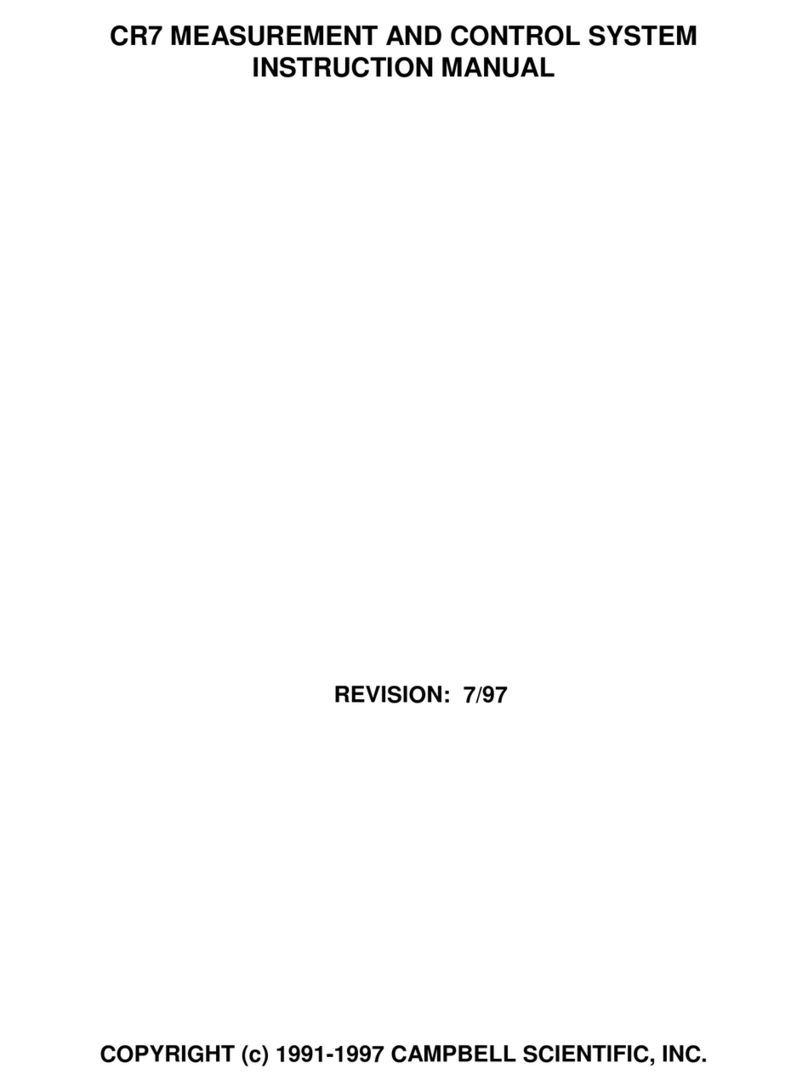
Campbell
Campbell CR7 User manual
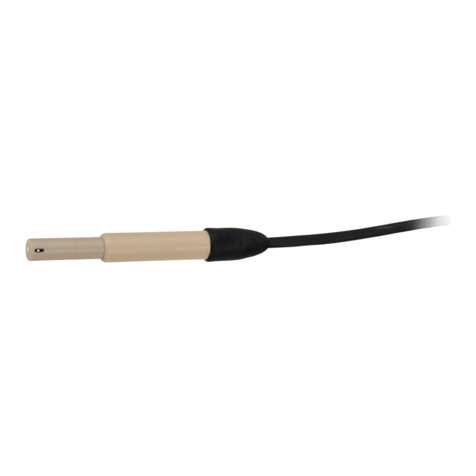
Campbell
Campbell CS526 User manual
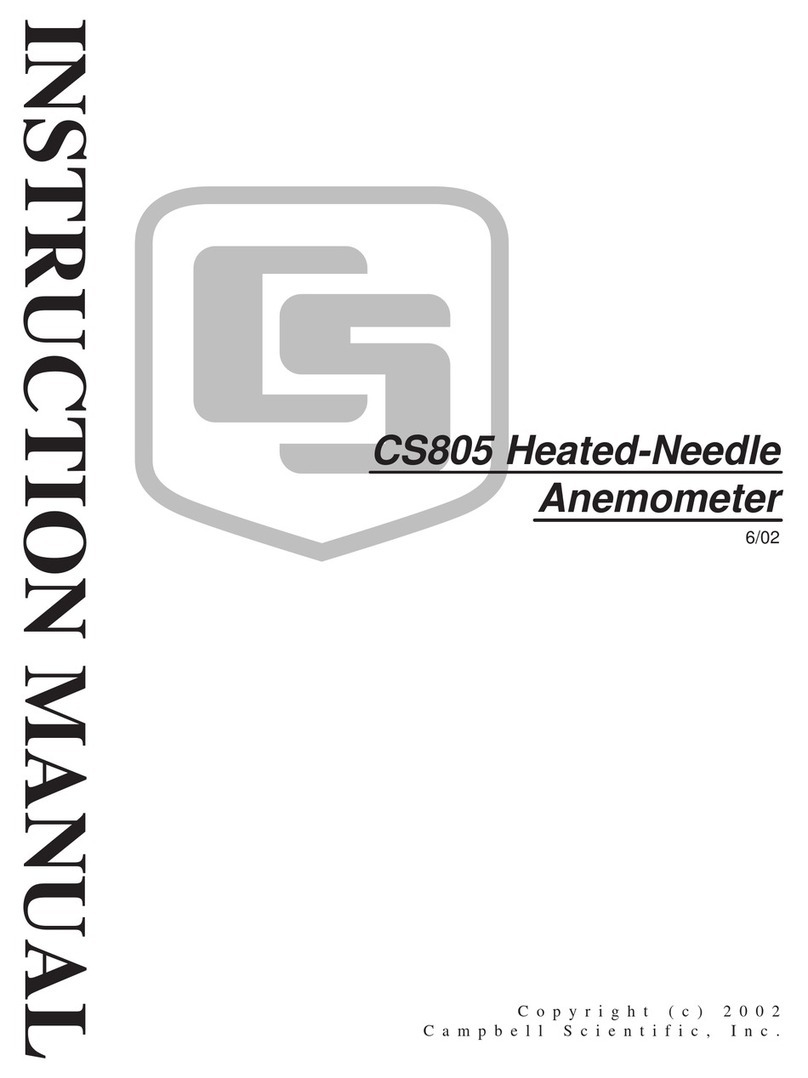
Campbell
Campbell CS805 User manual
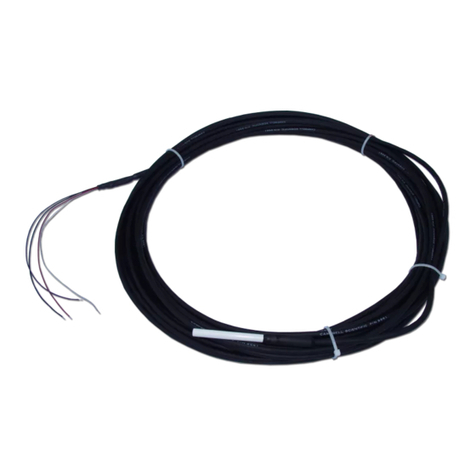
Campbell
Campbell 109 User manual
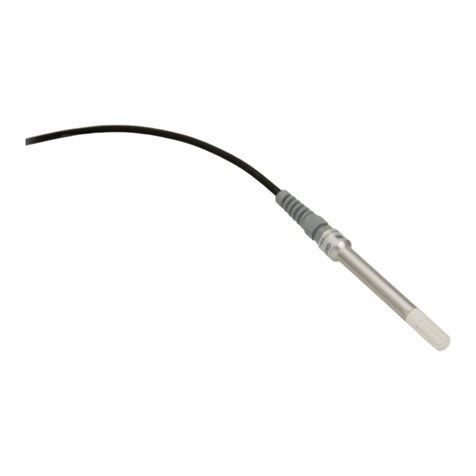
Campbell
Campbell cs215 User manual
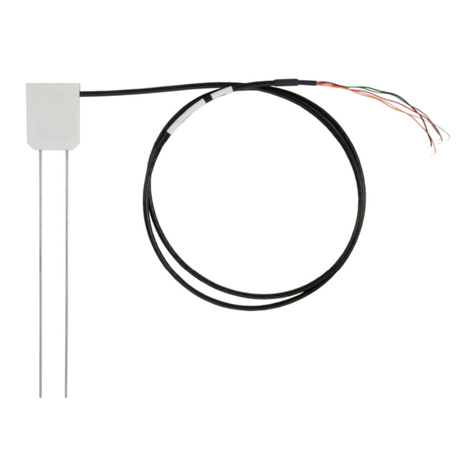
Campbell
Campbell CS650 User manual
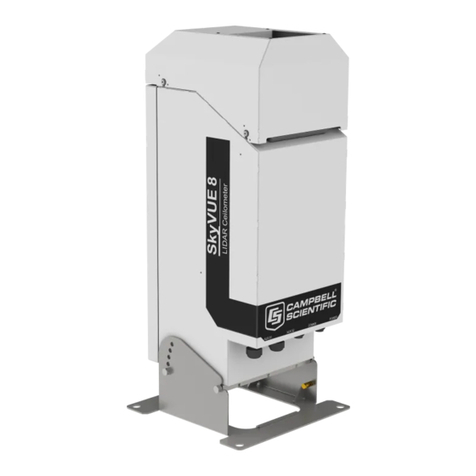
Campbell
Campbell SkyVUE 8 User manual
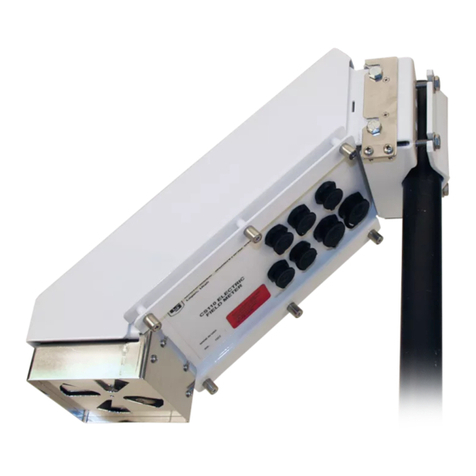
Campbell
Campbell CS110 User manual
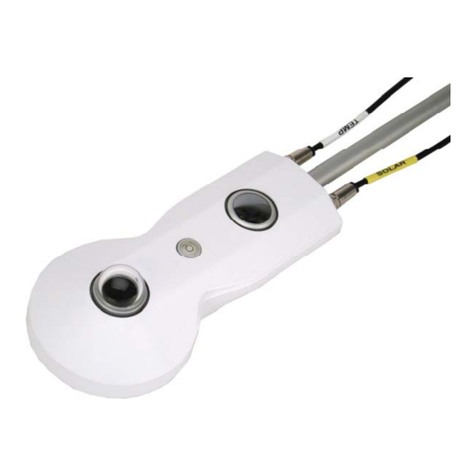
Campbell
Campbell CNR4 User manual
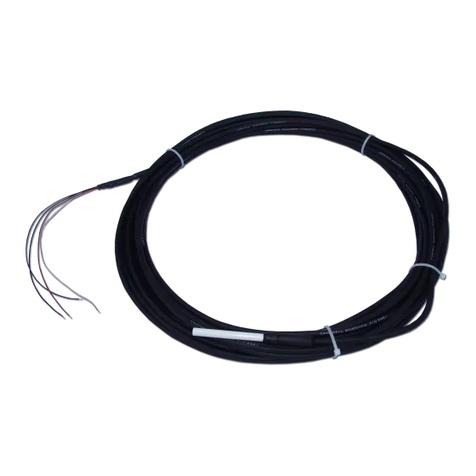
Campbell
Campbell 108 User manual

Campbell
Campbell CRS451 User manual
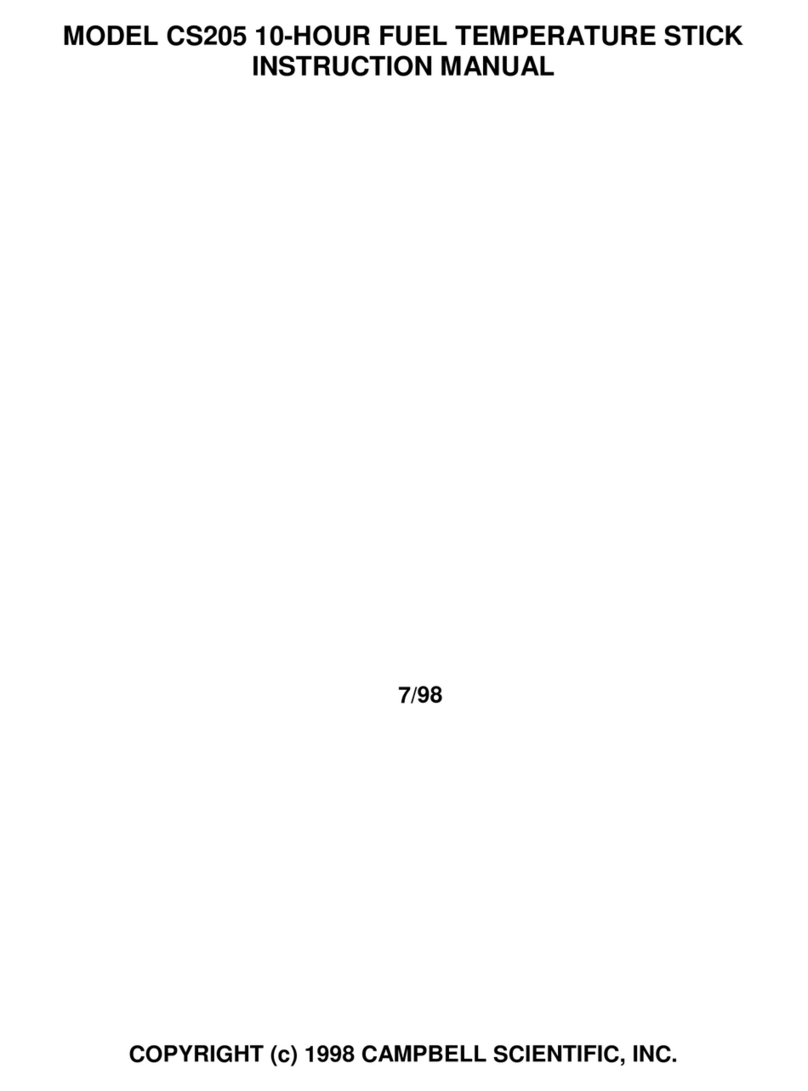
Campbell
Campbell CS205 User manual
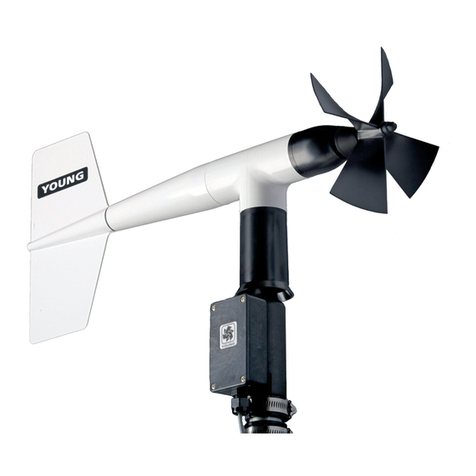
Campbell
Campbell Wind Monitor Series User manual
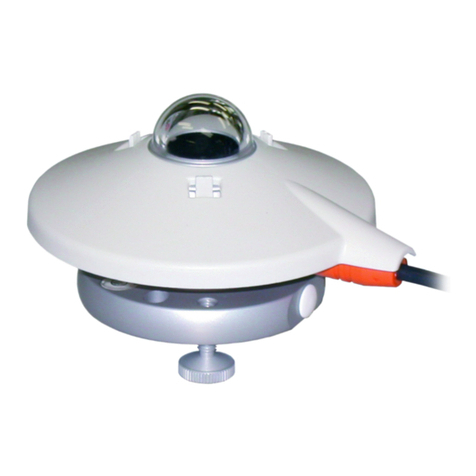
Campbell
Campbell CMP3 User manual
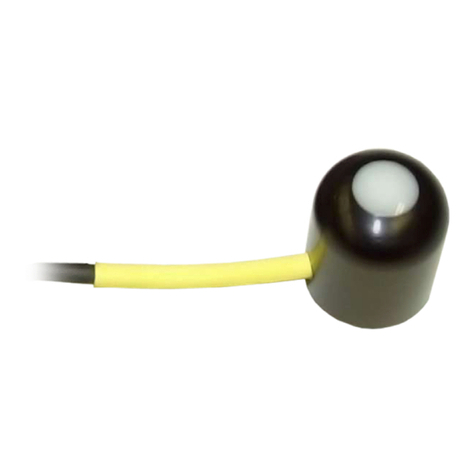
Campbell
Campbell CS300 User manual
Popular Measuring Instrument manuals by other brands

Powerfix Profi
Powerfix Profi 278296 Operation and safety notes

Test Equipment Depot
Test Equipment Depot GVT-427B user manual

Fieldpiece
Fieldpiece ACH Operator's manual

FLYSURFER
FLYSURFER VIRON3 user manual

GMW
GMW TG uni 1 operating manual

Downeaster
Downeaster Wind & Weather Medallion Series instruction manual

Hanna Instruments
Hanna Instruments HI96725C instruction manual

Nokeval
Nokeval KMR260 quick guide

HOKUYO AUTOMATIC
HOKUYO AUTOMATIC UBG-05LN instruction manual

Fluke
Fluke 96000 Series Operator's manual

Test Products International
Test Products International SP565 user manual

General Sleep
General Sleep Zmachine Insight+ DT-200 Service manual
